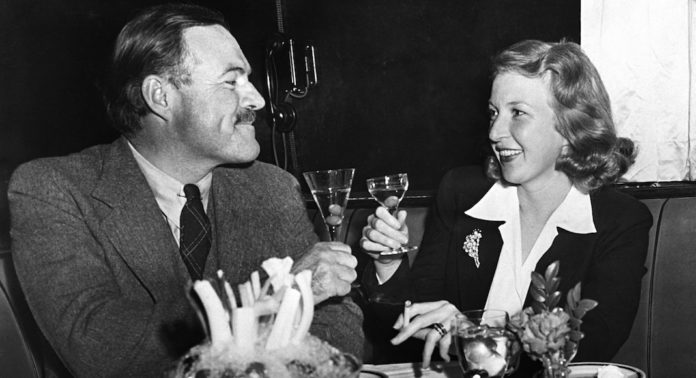“I’ve never tasted anything so cool and clean…They make me feel civilized,” wrote Ernest Hemingway about the Martini in A Farewell to Arms. E. B. White called the drink, “The elixir of quietude.” H.L. Mencken referred to it as “the only American invention as perfect as the sonnet.” And James Bond likes his “Shaken, not stirred” — not to mention with both gin and vodka as well as Kina Lillet vermouth.
Traditionally made by mixing gin and vermouth, and garnished with lemon or olives, the origins of the Martini remains unclear. Nonetheless, it remains America’s most storied cocktail, if not the world’s.
The Martini first gained popularity in the 1880s, following the creation of the Manhattan. It’s reputation grew during Prohibition due to the ease of illegally manufacturing gin. And after a brief period of unpopularity in the 1970s and 80s, the drink became popular again in the 90s, remaining so ever since.
The Martini’s murky history traces its origins back to a variety of places, depending on who you ask. One suggestion is that its origin was in Italy. In 1863, an Italian vermouth maker started marketing their product under the brand name of Martini, after its director Alessandro Martini – just a pour of gin and you’ve got the cocktail.
Another origin tale says the cocktail originated at San Francisco’s Occidental Hotel during the 1860s Gold Rush, where it was created by “Professor” Jerry Thomas – the man behind the first seminal cocktail manual. The drink he concocted was called, “The Martinez,” after a town on the other side of the bay. Alternatively, the people of Martinez say the cocktail was created in their town after a gold miner came in asking for something special after finally striking pay dirt. The Martinez, however, has very little in common with the modern Martini, as it features sweet vermouth, bitters, lemon, and maraschino liqueur.
The final origin story that usually flies around is that the cocktail was created at New York City’s Knickerbocker Hotel in the early 19th Century by bartender Martini di Arma di Taggia. No one really knows if any of these are true.
What we do know is that the first mention of a mixture gin and vermouth came in 1883 under the name, “the Manhattan.” The mention came on March 24 in the Cleveland Leader, and was followed several months later by a write-up in the Chicago Tribune, which also called the concoction a Manhattan. Gin and Vermouth were different in those days, so a mix-up between the beverage names isn’t a surprise.
One year later, the cocktail got its first two unique names, “The Martinez,” in O. H. Byron’s The Modern Bartenders’ Guide and, “Turf Club Cocktail,” in How to Mix Drinks.
It wasn’t until 1886 that the name Martini was associated with the cocktail, and that one had a drop of Absinthe added.
No matter where you fall on the Martini’s origins, one thing remains clear, “The three-martini lunch is the epitome of American efficiency. Where else can you get an earful, a bellyful and a snootful at the same time?” – Gerald Ford.


